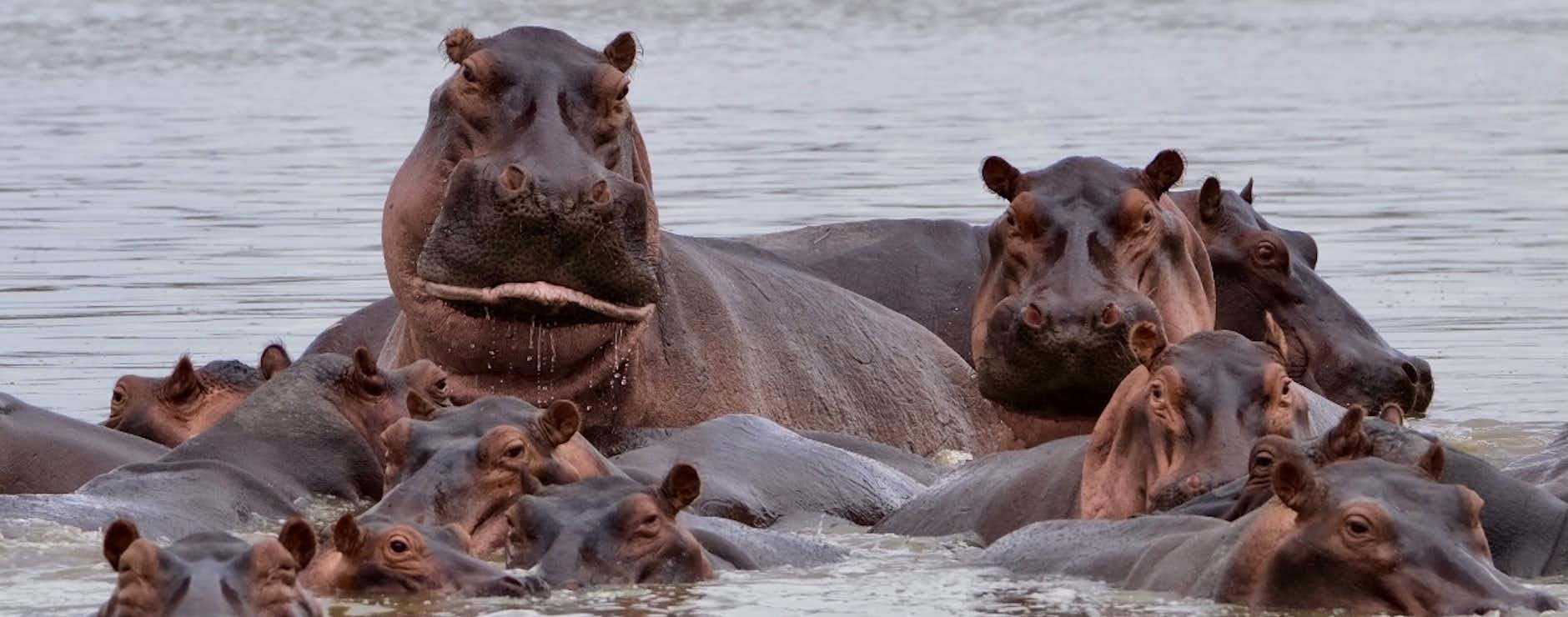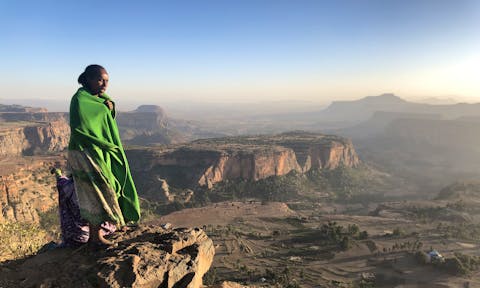From Canada to Africa
We at Brilliant Africa use photographs every day to illustrate the amazing sights of East Africa - we use them on our website, our social media, and in our newsletters. We depend on the talent of amazing photographers, so much so, that we’ve decided to spotlight a few of our favourite emerging talents each month.
Our featured photographer for November, Scott Hyman, posts his amazing snaps on his Instagram page. Read our conversation below:
BA: Hi Scott! Thanks for chatting with us. So, what inspired you to become a photographer?
SH: I’ve always had a love for wildlife and travel. Whilst on a family ski holiday in Aspen, Colorado, I purchased some wildlife photography prints that I admired. I reached a point in my career and family life that allowed me to travel more and looked at these purchased images and thought: I would love to take these photographs myself. I purchased a camera, taught myself to use it and began travelling around Africa on photography trips.
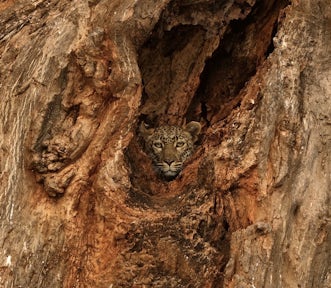
Photo by Scott Hyman
BA: What is it that you look for before you take a photo?
SH: I look for good lighting conditions and interesting wildlife doing interesting things. I prefer photographing wildlife in beautiful natural settings.
BA: When you go out to shoot, do you take any essential items other than a camera and lens?
SH: I don’t take much else with me - water, some food, protection from the elements and my equipment is all I need.
BA: You’ve mentioned that you’ve travelled a lot around Africa - what's your favourite story from being out on the field?
SH: I’ve been very fortunate to have seen many wonderful things, and in some cases I’ve even been able to share the experience with my family, taking them with me. I watched a leopard predate a lion cub in Tanzania, a lion chasing a leopard up a tree in Zambia and black rhinos greeting each other in a fairly sizable group in Namibia. I watched an olive baboon eat a guinea fowl in Kenya, photographed golden zebras in Kenya, spent a whole day with mountain gorillas in Uganda on a gorilla habituation program and saw wild dogs predate a waterbuck.
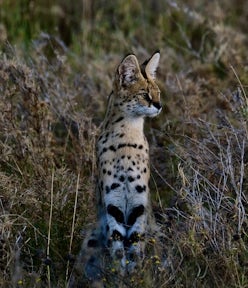
Photo by Scott Hyman
(cont.) However, perhaps my favourite was watching three lionesses hunt a hippopotamus in Zambia. One jumped on the hippo and dug in its claws, holding on for dear life whilst the other two ran alongside it. The hippo, with a lion on its back, took off full speed towards the safety of the river and dove down the steep embankment head first with the lion jumping off as it hit the water. Who knew hippos could run that fast?
BA: You’ve shared so many amazing images with us - could you tell us a bit about them?
SH: I took this first photograph of an adolescent leopard in Tarangire National Park in Tanzania. My guide and I were driving through an area of the park that was being burned, and through the smoke, we thought we saw something in the tree. We stopped the car for 10 minutes and waited silently. To our surprise, this leopard popped its head up in a rather curious fashion.
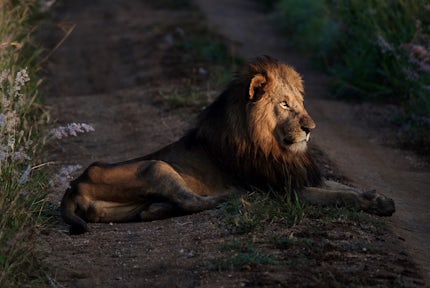
Photo by Scott Hyman
I took the second photograph of a serval in Namiri Plains, Serengeti National Park. I was photographing a cheetah mother and cub to my left and didn’t realize that I wasn’t the only one admiring the cheetahs. I turned for a minute to change cameras and saw this serval staring intently at the cheetahs as well.
I took this next photograph of a male lion in Kidepo National Park in northern Uganda. I had been awakened by the sound of a roaring lion at 4 am and couldn’t go back to sleep due to the intermittent roaring. To my delight, we stumbled onto the culprit in perfect light. It was as if he was calling me to book a photoshoot.
I took this last photograph in Amboseli National Park in Kenya. I was driving through the park and saw a huge cloud of dust. We stopped the car and saw this large herd of elephants running towards us. I decided to watch them cross the plain and pass us. It was a magnificent sight.
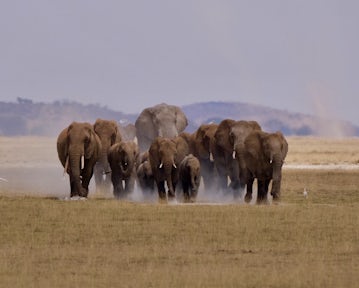
Photo by Scott Hyman

